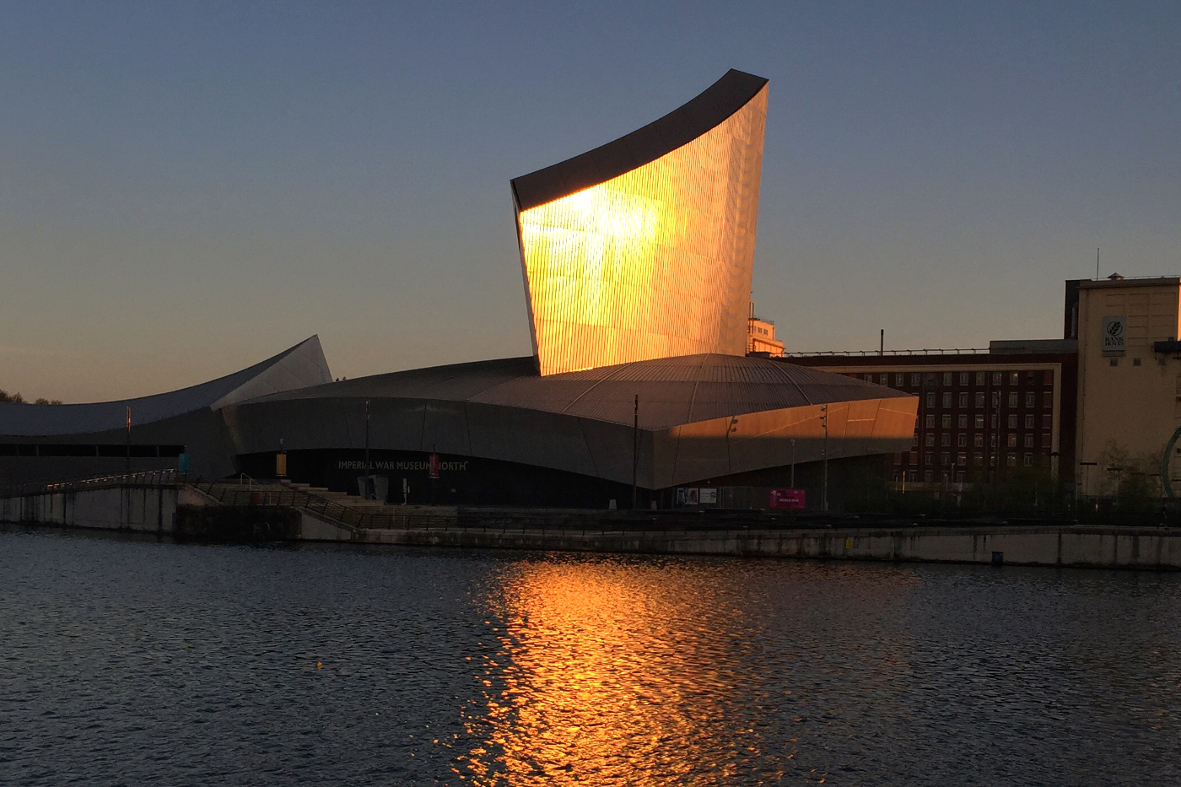
This is our guide to Manchester’s best galleries and museums, taking in art, theatre, the world’s first train station, Tudor cat flaps and a Michael Jackson statue.
The evolution of existing buildings is central to Manchester’s cultural offering, and the Whitworth is perhaps the city’s finest example.
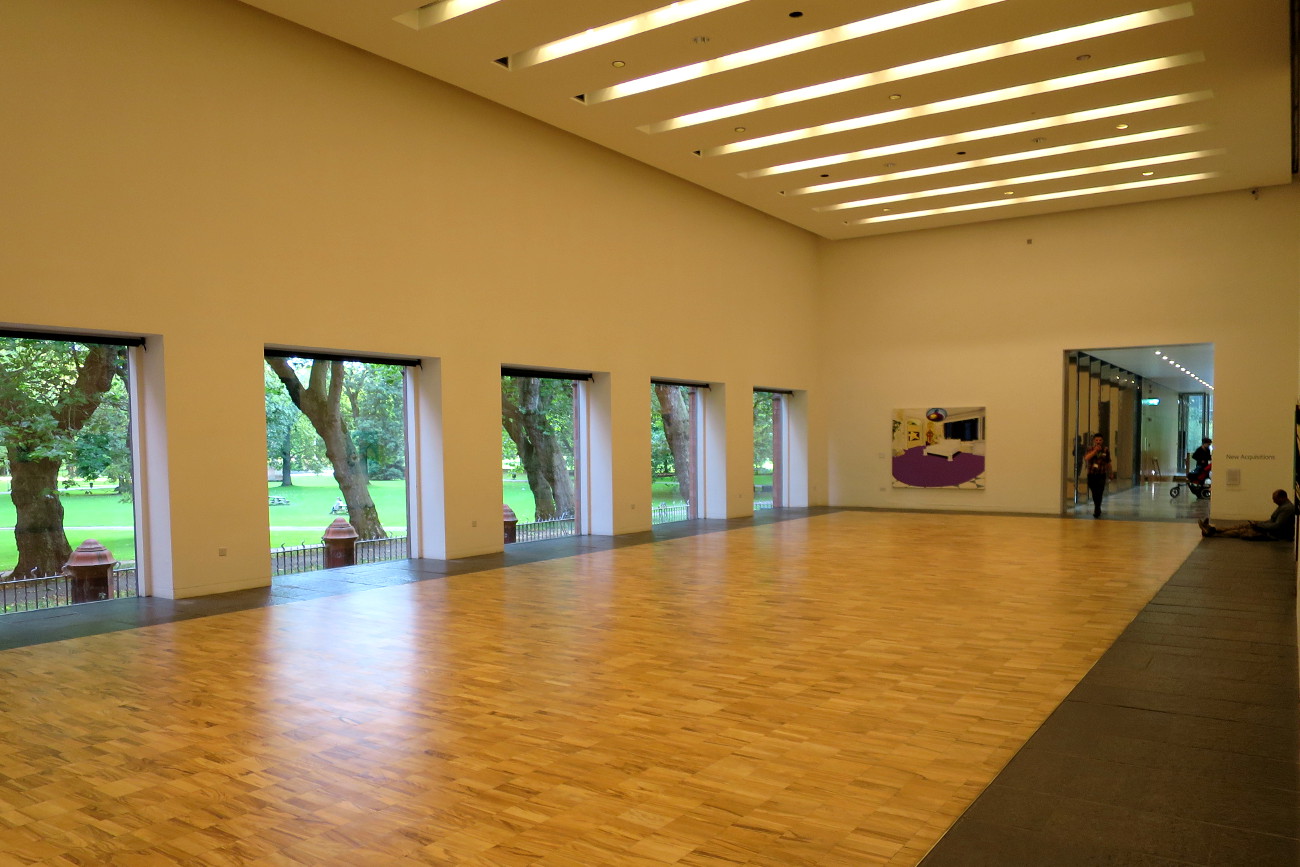
This 120-year-old exhibition space reopened in 2015 after an award-winning, £15 million refurbishment and expansion that was partly in response to the fact that local residents (the gallery sits in once-notorious Moss Side) found its grand frontage intimidating. It now opens up to the outside world with huge windows that create wonderful connections between the sculpture gardens outside and the fine watercolours, sculptures and textiles within. A visit is an enjoyably immersive, meditative experience.
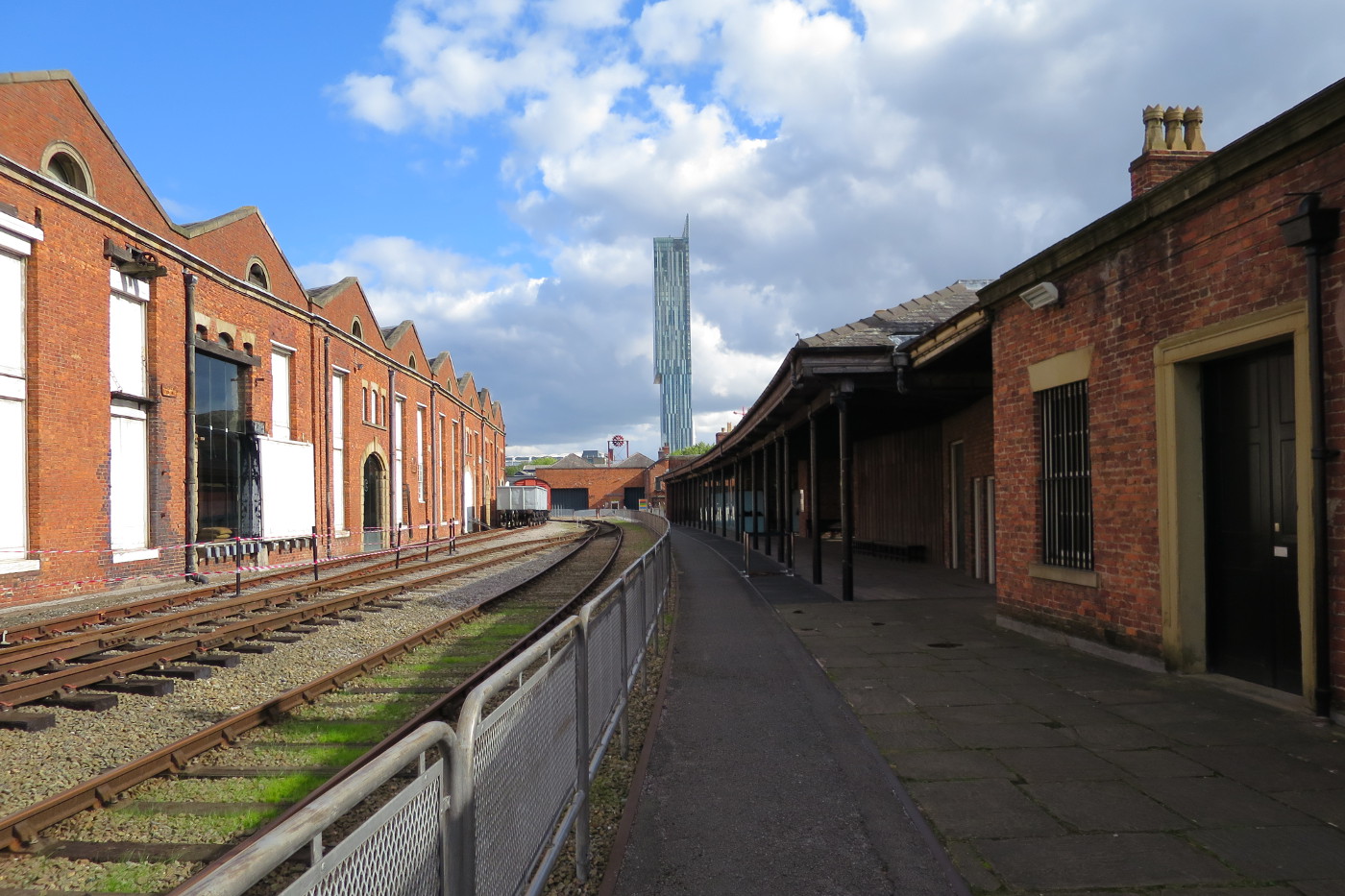
You can relive Manchester’s days as an industrial powerhouse at the fascinating Museum of Science & Industry (MOSI), which features an array of planes, trains and automobiles as well as the first-ever computer to store a program in its memory. The exhibits are interesting in themselves, but what’s especially fun is the way they connect to their environment. Many of the weaving machines and engines are operational, and demonstrations take place several times a day.
Continue through the museum, meanwhile, and you’ll emerge on the side of a railway platform, the line stretching out into the distance. This was the world’s first true train station, part of the Liverpool and Manchester Railway, which opened in 1830. The stroll out and onto the platform is rather thrilling, and you get a real sense of history meeting the living city.
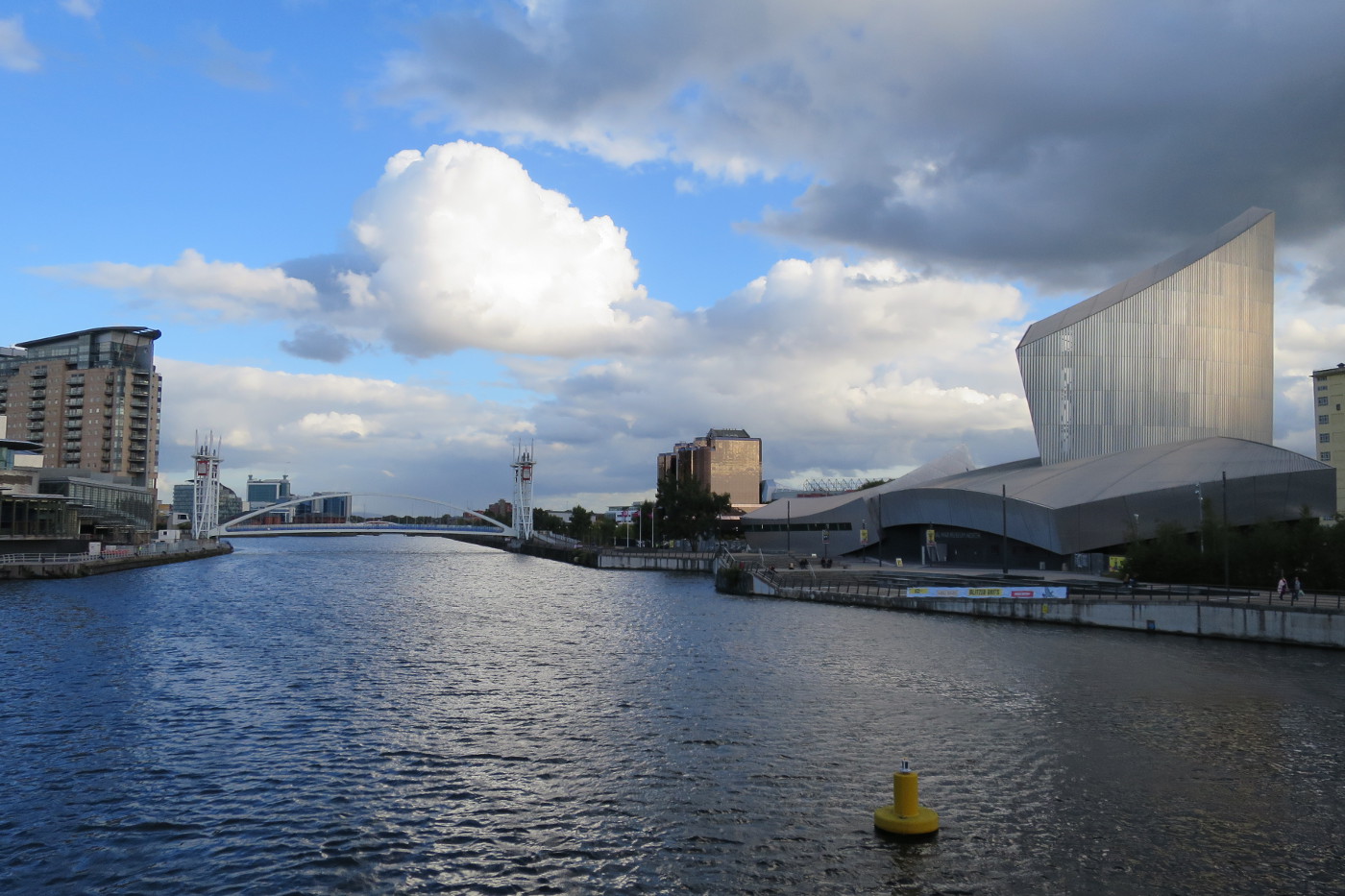
The former docks at Salford Quays, west of central Manchester, have seen massive redevelopment over the last thirty years. The resulting area could feel more lived in, but it’s a compelling place nonetheless, with bridges arching over the canals and gleaming developments overhung by a great stretch of sky. Two bold buildings pull the visitors in: the Lowry mixes art and shops, while Imperial War Museum North has inventive and moving displays focusing on WWI and WWII, as well as a Horrible Histories exhibition aimed at children and a viewing platform that offers an aerial perspective on Salford Quays.
Manchester Art Gallery’s setting, in two huge 19th-century Greek revival buildings and a modern extension, is an inspiring one, although it doesn’t quite top the Whitworth. Yet its art collection is the strongest in the city, majoring on Victorian painting, with 37 Turner watercolours, alongside sculpture and an impressive collection of 20th-century art. Temporary shows complete the picture.
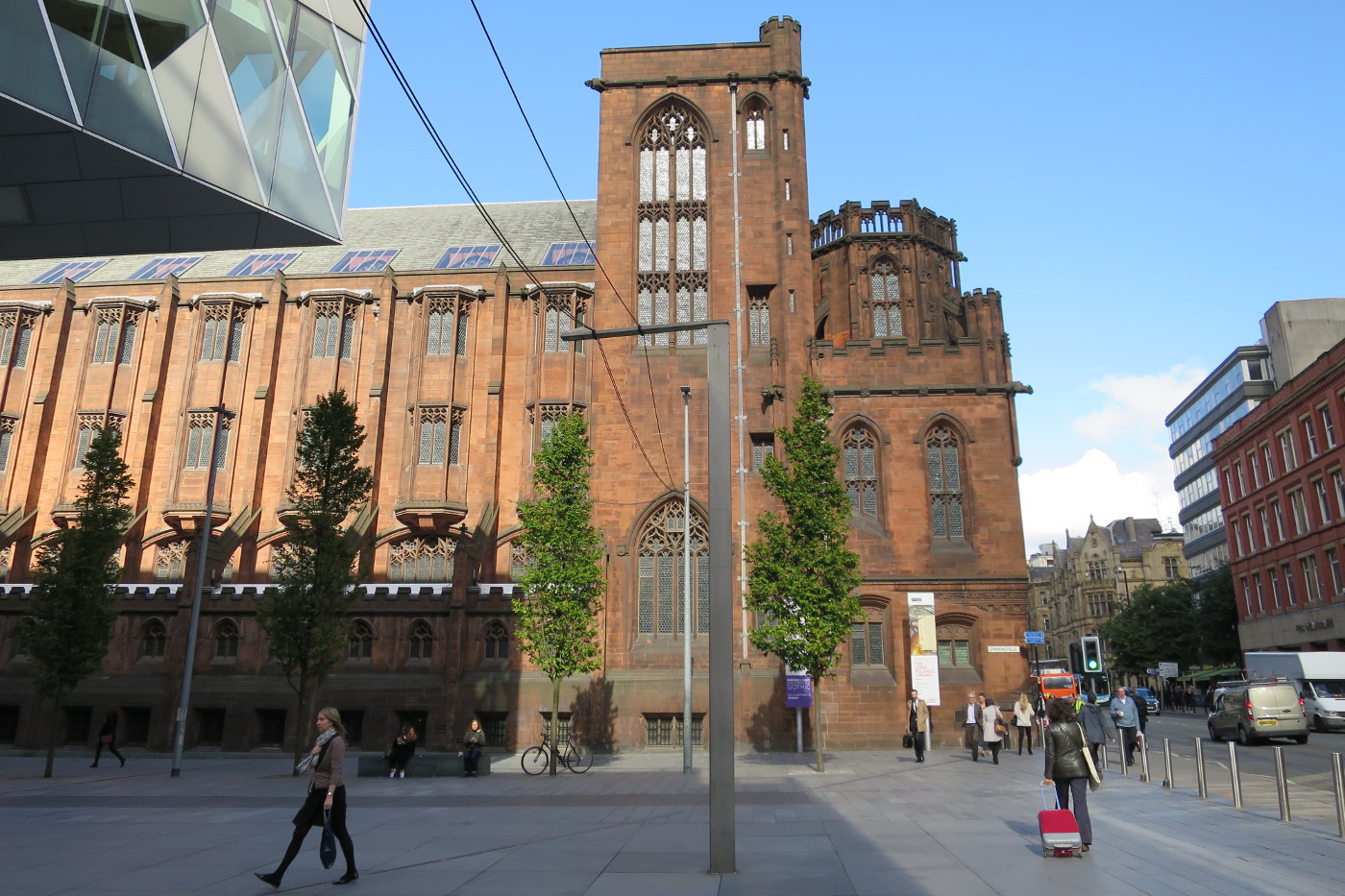
The entrance – via a shop that looks like it could be part of a pharmacy chain – may not be inspiring, but don’t be fooled: the John Rylands Library is a truly wonderful space. Climbing up its wildly over-the-top gothic staircase or walking the bridge that leads from the modern wing to the Victorian flight of fancy that is the original interior will make your heart leap.
On your way through, you'll pass a forest of columns on the way to the church-like library, which manages to be gloomy and uplifting at the same time. It's lined with fine books and looked over by artists and thinkers. A Gutenberg Bible and a papyrus believed to be the oldest surviving scrap of the New Testament are on display within.

It’s less well known than the John Rylands library, but Chetham’s offers a great chance to head back in history. Engels and Marx researched here, and the building dates from 1421. A stroll through its halls reveals a Tudor cat flap and a compact courtyard, although the real thrill is just being in the building, the oldest intact structure in the city: its dark, hushed interior feels a million miles from the increasingly buzzing streets around.
Manchester is home to plenty of other cultural wonders. You can explore Britain’s sporting obsession – and see the idiosyncratic statue of Michael Jackson once owned by Fulham FC – at the National Football Museum. Theatre and art are showcased and culture lovers mingle at recently opened Home (homemcr.org), part of a major redevelopment around First Street, just southwest of the centre.
Across the city, transformed spaces catch the eye, like the Central Library, with its enormous, tranquil reading room and a proud, sweeping corridor that connects it to Manchester Town Hall. The Royal Exchange, once a massive textiles exchange, is now home to a theatre and shops. Manchester rewards explorers: keep your eyes open and your feet moving and you’ll find gems aplenty.
Manchester has numerous places to stay, eat and party – it’s a good base if you’re exploring either the city itself or the cities and countryside of Northwest England.